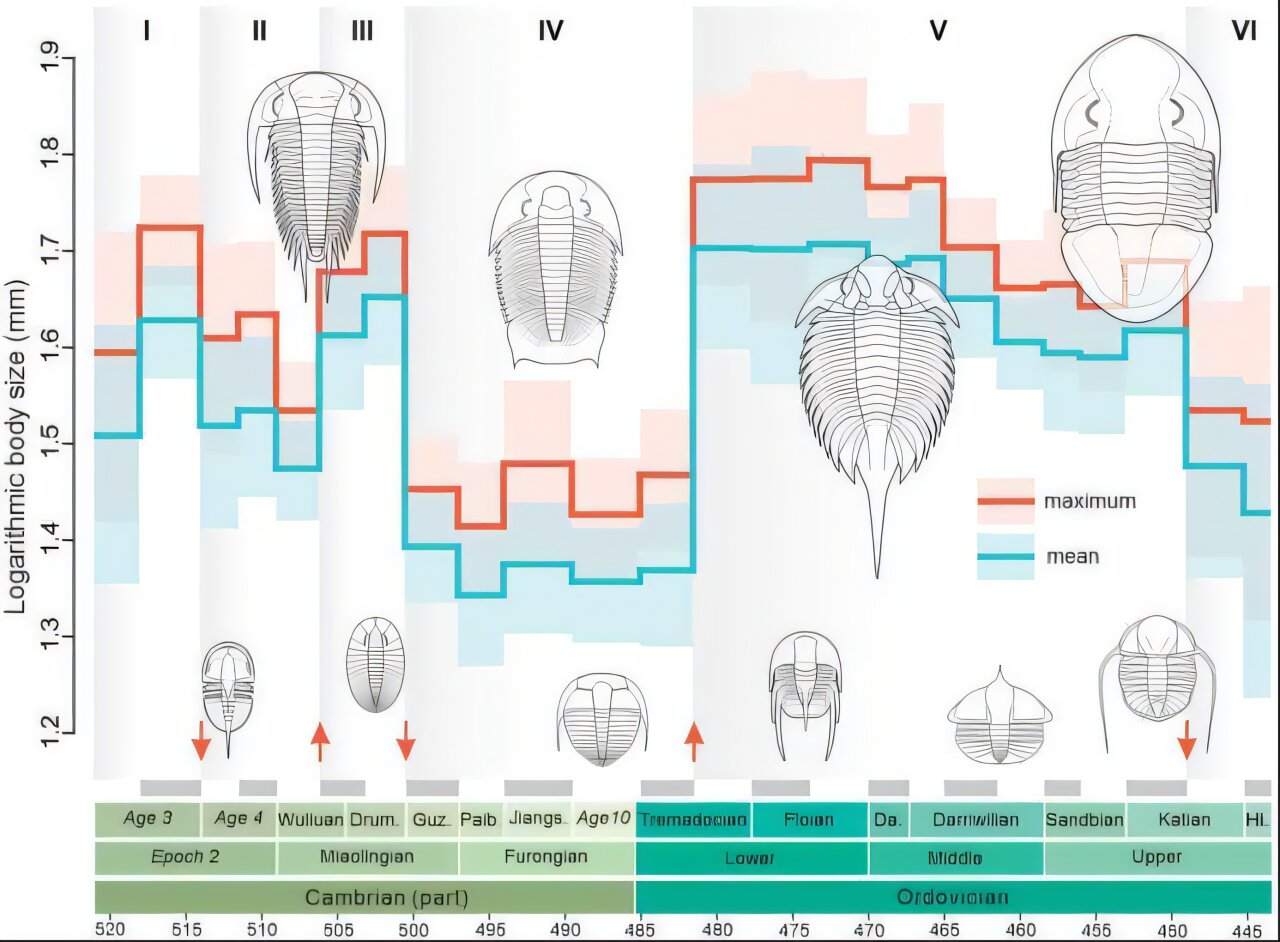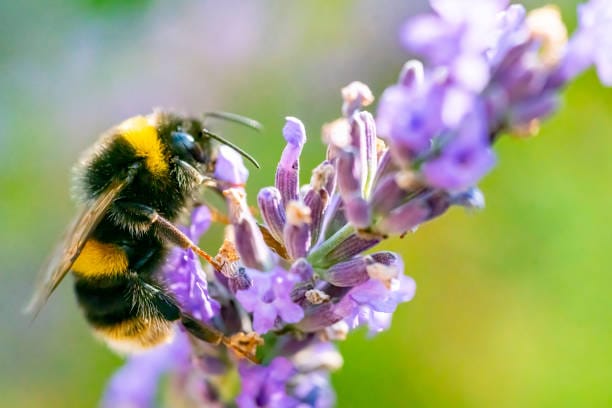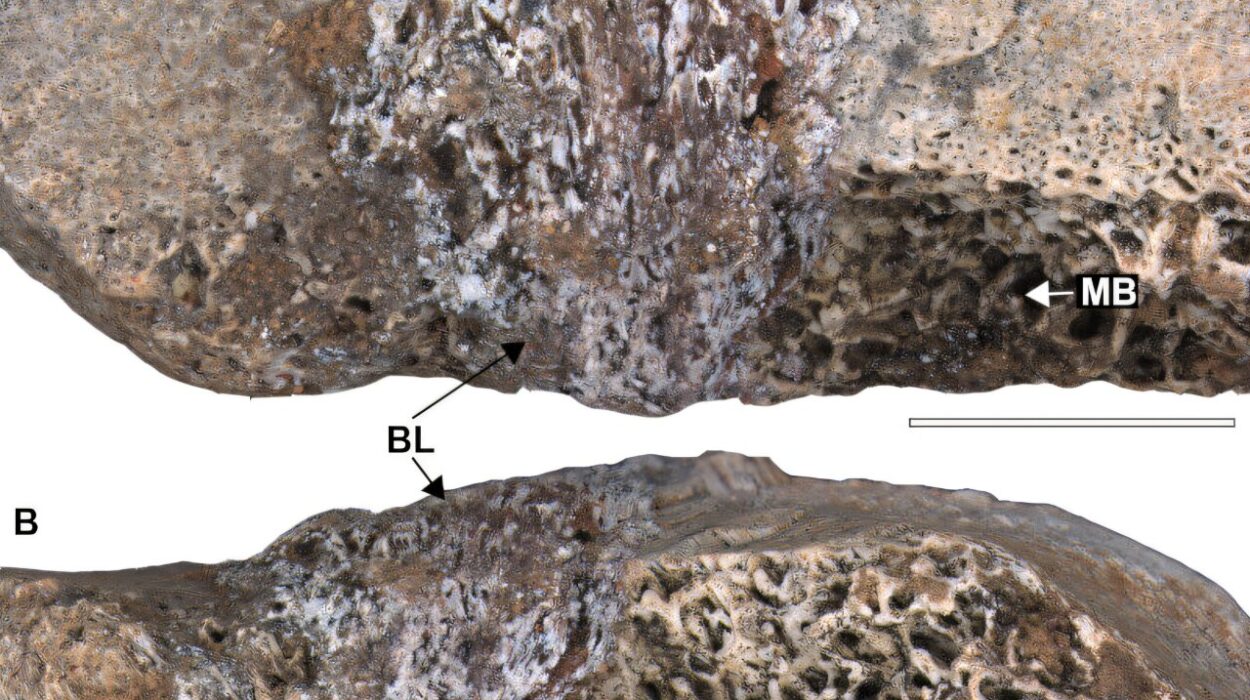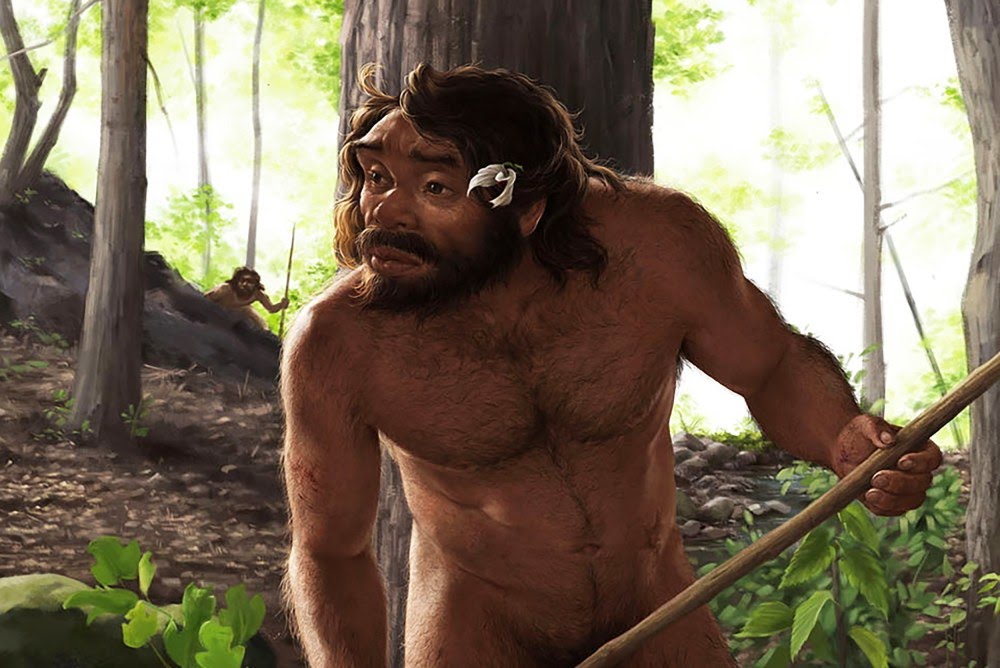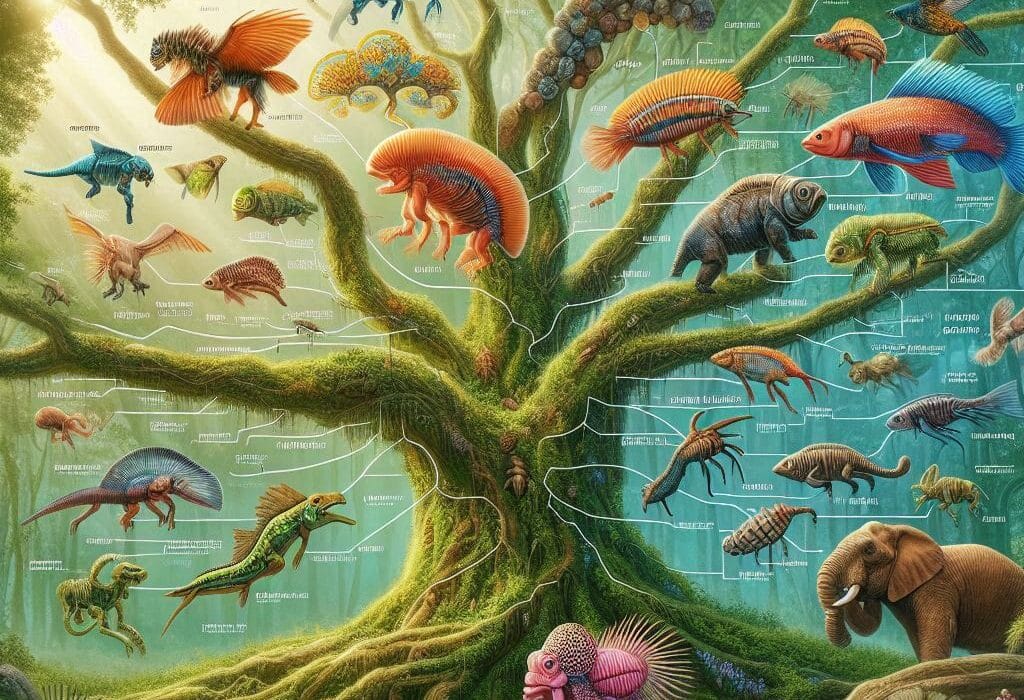When we peer back through the vast corridors of geological time, few creatures symbolize the deep past as vividly as trilobites. These extinct arthropods, armored and enigmatic, once scuttled across ancient seafloors for nearly 270 million years. But while their fossilized forms have fascinated scientists and enthusiasts alike, one question remained elusive: what drove the immense variation in their body sizes? Now, a groundbreaking study led by Professor Zhao Fangchen and Professor Zhu Maoyan of the Nanjing Institute of Geology and Paleontology (Chinese Academy of Sciences), published in Science Advances, offers a compelling answer: oxygen.
In the vast and churning seas of the early Paleozoic Era, marine oxygen levels played a crucial role in shaping the evolutionary path of trilobites. Their findings go beyond trilobites alone, hinting at a broader evolutionary principle that may apply to many early animals—oxygen availability as a fundamental constraint on body size.
Evolution’s Oxygen Dial: Setting the Stage
Animal body size is a subject of perennial intrigue. Size governs everything—from metabolic rate and mobility to survival and reproduction. Among vertebrates, researchers have long debated whether evolutionary patterns followed rules like Cope’s Rule, which posits that animal lineages tend to increase in size over evolutionary time. However, invertebrates have received comparatively little attention, especially in terms of how environmental drivers like oxygen influenced their size.
Trilobites, with their rich fossil record, diverse ecological strategies, and immense geological longevity, are ideal for this investigation. They lived during a time of tumultuous environmental shifts: temperature fluctuations, chemical changes in oceans, and, most notably, dramatic swings in oxygen availability.
With some species barely larger than a grain of rice (~2 mm) and others reaching lengths greater than 70 cm, trilobites offered researchers a natural laboratory for testing hypotheses about the drivers of body size evolution.
Mapping the Body Size Odyssey of Trilobites
To unlock this ancient evolutionary tale, researchers compiled one of the most comprehensive datasets to date: body size measurements for over 1,091 trilobite genera from the Cambrian and Ordovician periods, encompassing over 90% of trilobite families known from these epochs.
They categorized size evolution across six major phases, marked by five prominent shifts:
- Early Age 4 (~514 million years ago)
- Late Wuliuan (~506.5 Ma)
- Guzhangian (~500.5 Ma)
- Late Tremadocian (~480 Ma)
- Late Katian (~450 Ma)
These size fluctuations were not anomalies or artifacts of fossil sampling. They appeared consistently across regions, suggesting that global rather than regional forces—likely oceanic in nature—drove these evolutionary shifts.
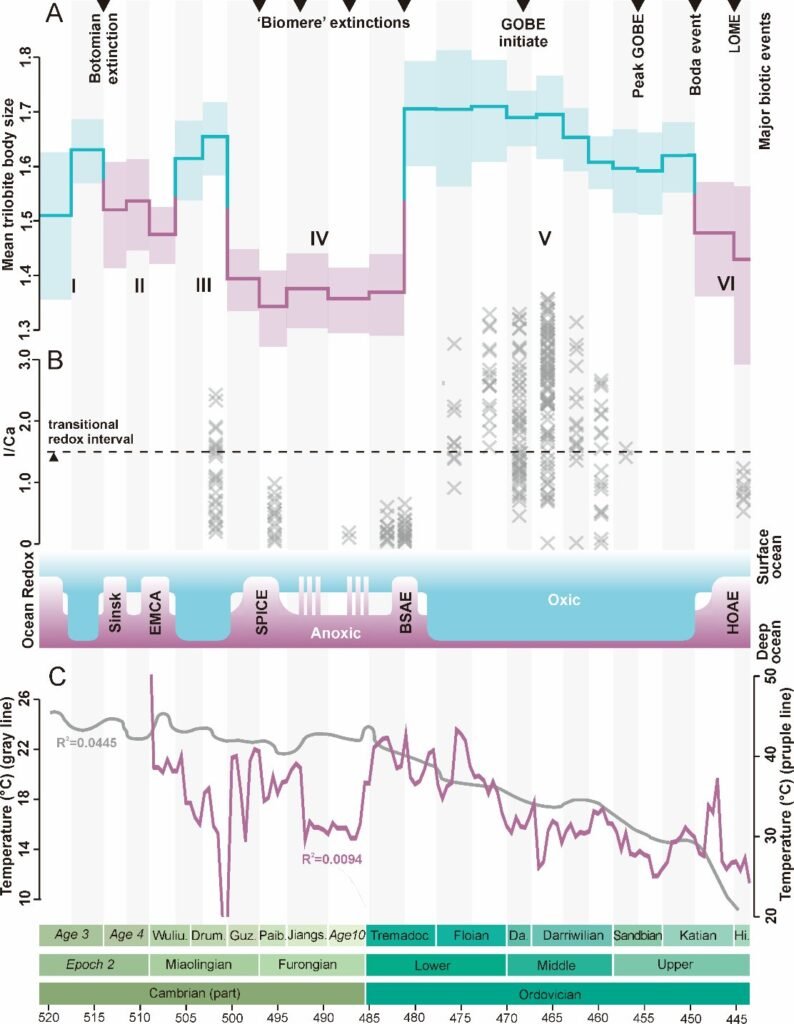
Discrediting Cope’s Rule for Trilobites
Was there an overarching direction to body size evolution in trilobites? Did they grow larger over time, as Cope’s Rule would suggest?
To test this, the team zeroed in on the 24 most diverse trilobite families, analyzing size trends over time. Surprisingly, most of these families did not exhibit directional size increase or decrease. The researchers reconstructed ancestral body sizes and modeled them using five statistical frameworks of continuous trait evolution. None revealed a consistent growth trend.
Instead, some trilobite clades evolved toward gigantism, others toward miniaturization, but these changes were independent and episodic, not universal. This was a clear departure from what Cope’s Rule would predict.
Oxygen: The Master Sculptor of Size
So if not evolutionary momentum or internal lineage dynamics, what external force dictated these periodic shifts?
The answer, as the study convincingly demonstrates, lies in marine redox conditions—a term referring to the oxygenation state of ocean waters. Trilobite size declines consistently aligned with periods of anoxia, or oxygen depletion, such as:
- The Sinsk Event (Age 4)
- SPICE Event (Guzhangian)
- Hirnantian Oceanic Anoxic Event (HOAE, Katian)
These events brought widespread marine anoxia, drastically altering the biological and chemical makeup of Earth’s oceans. With oxygen scarce, organisms that required larger amounts of it—larger trilobites—struggled. Consequently, body sizes shrank.
Conversely, in intervals following the end of anoxic events—such as the termination of the Black Shale Anoxic Event (BSAE) in the late Tremadocian—trilobites exhibited notable increases in body size. This size growth persisted for nearly 30 million years, suggesting a prolonged phase of stable marine oxygenation.
Temperature vs. Oxygen: A Clear Winner
Could temperature fluctuations have played a role in size evolution? It’s a reasonable question. After all, body size in ectotherms is often influenced by climate, with organisms tending to be smaller in warmer environments.
However, when comparing temperature data from the early Paleozoic with trilobite body size patterns, the researchers found no significant correlation. Even during major cooling events like the Great Ordovician Biodiversification Event (GOBE), trilobite size remained unaffected by temperature shifts. This effectively ruled out climate as the primary evolutionary driver of body size in these marine arthropods.
The Broader Implications: Oxygen’s Evolutionary Legacy
What makes this study more than just a story about trilobites is its broader implications. If marine oxygen levels had such a profound impact on trilobite size evolution, could they have influenced the evolutionary trajectories of other marine animals as well?
Given that oxygen is essential for aerobic metabolism—and that larger bodies demand more of it—it’s plausible that early animal evolution, particularly during the Cambrian Explosion, was heavily constrained by redox conditions. The fossil record shows many marine clades underwent synchronous changes in size and diversity during the same oxygen fluctuations that impacted trilobites.
This lends weight to the idea that oxygen availability was a gatekeeper of early animal complexity and diversity. From feeding strategies to locomotion and even reproductive capacity, oxygen may have acted as an unseen but omnipresent force shaping life’s possibilities.
A Fossil Record Whispering of Oxygen
This study, while focused on fossilized trilobites, reads like a narrative of evolutionary ecology on a planetary scale. It unearths the idea that evolution does not occur in isolation—it dances to the rhythms of Earth’s dynamic systems. The ocean’s invisible chemistry, particularly its oxygen content, dictated whether trilobites could become giants or remain miniature.
It also underscores a powerful and timely message: life is inextricably tied to the planet’s changing environment. While the Cambrian and Ordovician were worlds apart from today, the lesson endures: shifts in oxygen levels can dramatically reshape ecosystems. In our current era, where deoxygenation is occurring in parts of the ocean due to climate change, this ancient pattern could have unsettling modern parallels.
Final Thoughts: Oxygen as Evolution’s Editor
In revisiting the earliest complex ecosystems, this research does more than highlight a curious quirk in trilobite history—it reframes how we think about the drivers of biological change. The grandeur of trilobites—from the armored giants to the minuscule scuttlers—was not just a product of internal evolutionary potential. It was edited, permitted, and constrained by the breath of the ocean itself.
As we continue to explore the fossil record, armed with increasingly refined tools and interdisciplinary perspectives, we uncover not just the history of life but the rules by which it was written. In this story, oxygen was the ink—and trilobites, some of evolution’s first drafts.
Reference: Zhixin Sun et al, Episodic body size variations of early Paleozoic trilobites associated with marine redox changes, Science Advances (2025). DOI: 10.1126/sciadv.adt7572
